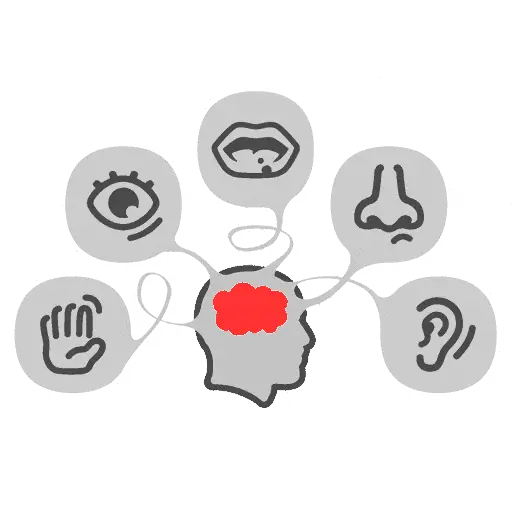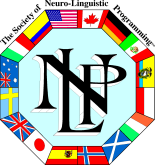
Our five senses, or our representational system, are called Modalities. In NLP Sub-modalities are the special sensory qualities perceived by each of the five senses. The sub-modalities can be seen as the parameters of the modality. To get you started, let’s introduce the sub-modalities of our modalities:
- Visual: picture, slides or movie, bright or dim, size (relative to life), near or far, focussed or unfocussed etc.
- Auditory: left or right ear, dolby surround, pace, timbre etc.
- Kinesthetic: movement of the feeling, intensity, weight, pressure, heat, cold etc.
- Olfactory: is there any smell attached, pungent, sweet, etc.
- Gustatory: sweet, sour, bitter etc.
These are just examples of properties of the modalities or Representational System. Asking these properties to the person you are interviewing gives you an indication. As a result it indicates of what the specific memory this person has. Hence, keep in mind that utilizing these properties enable you to do make your work easy. It keeps the memories of the person you work with as anonymous as possible. Last but not least note that you are only asking the properties, not the content.
Because submodalities are qualities of sensory perception. Interpretations are complex secondary evaluations of perceptions and their meanings. In other words, submodalities are the way how we encode, store and decode experiences we have in our life.
Visual Sub-modalities
Visual submodalities are the specific qualities and characteristics of how we perceive visual information. They help us understand and interpret what we see. Here are some key visual submodalities:
- Color: Refers to the hues we perceive, such as red, blue, or green. Different colors can evoke different emotions and responses.
- Shape: Represents the outlines and forms of objects, like circles, squares, or irregular shapes. Shape helps us identify and categorize objects.
- Movement: Describes how objects move in our visual field, including speed and direction. Movement can draw our attention and create dynamics in a scene.
- Brightness: Pertains to the intensity of light in a visual image. Brightness can affect mood and visibility, making objects stand out or fade into the background.
- Depth: Relates to the perception of distance and three-dimensionality. Depth cues, such as perspective and shading, help us understand how far away objects are from us.
Together, these submodalities shape our visual experiences and influence how we react to our environment. Understanding them can enhance skills in communication, art, and design.
Audio Sub-modalities
Auditory submodalities refer to the specific characteristics of sound that influence how we perceive and interpret auditory information. Here are some key auditory submodalities:
- Volume: This refers to the loudness or softness of a sound. Changes in volume can convey emotions, indicate importance, or draw attention.
- Pitch: Pitch describes how high or low a sound is. Different pitches can evoke different feelings and help distinguish between sounds, such as musical notes or voices.
- Tempo: This is the speed at which a sound or piece of music is played. A fast tempo can create excitement or urgency, while a slow tempo might evoke calm or reflection.
- Tone: The quality or character of a sound, often influenced by its pitch and volume. Tone can express emotions, such as anger or happiness, in speech or music.
- Rhythm: This involves the pattern of sounds and silences in time, contributing to the flow and movement of music or speech. Rhythm can create structure and engage listeners.
These auditory submodalities work together to shape our auditory experiences, influencing how we understand and respond to sounds in our environment, communication, and art.


